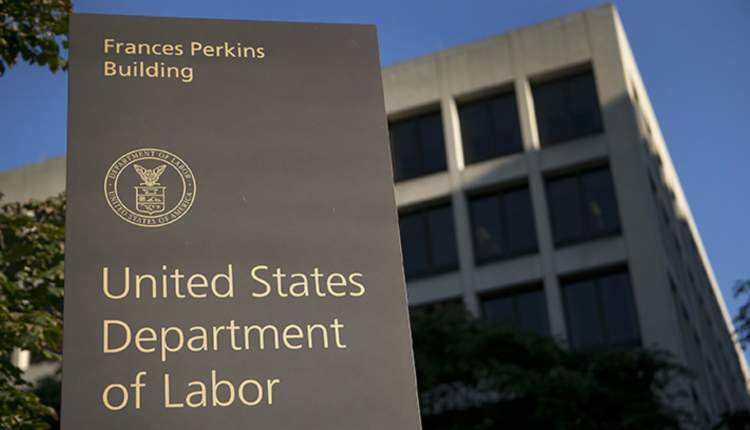Featuring Aaron Fox and Mi-Mi Wong, tax experts with Marcum, LLP.
Congress has been unable to agree on a bipartisan Phase 4 COVID-19 stimulus package, prompting President Trump to issue three executive memoranda and one executive order on August 8. The goal of those actions was to provide student loan relief, assistance to renters and homeowners, relief to unemployed, and a deferral of payroll tax obligations.
“Everyone recognizes that the executive branch is fairly limited in what it can do on its own,” said Fox. But the actions are “fairly bold.”
Student Loan Payment Relief
The executive memorandum extends relief from federal student loan payments provided under the CARES Act and set to expire on Sept. 30 through the end of 2020. The HEROES Act, passed by the House of Representatives, would have extended forgiveness for loan repayments through Sept. 30, 2021. The HEALS Act, offered in the Senate, would have only provided an extension for borrowers with no income. Congress was unable to reconcile the two bills.
Deferrals under the executive action do not qualify for the public service loan forgiveness program.
Renters and Homeowners
The CARES Act created a moratorium on evictions, which has expired. The executive order is designed to “minimize, to the greatest extent possible, residential evictions and foreclosures during the ongoing COVID-19 national emergency.” The order does not extend the CARES Act eviction or foreclosure moratorium, but directs the Housing and Urban Development and Treasury Departments to identify federal funds that can be reallocated to “provide temporary financial assistance to renters and homeowners.” It also orders the Department of Health and Human Services and the Centers for Disease Control to “consider whether any measures temporarily halting residential evictions are reasonably necessary to prevent further spread of COVID-19.”
“People can still get evicted,” Fox said. “This executive order isn’t saying, ‘Here’s an additional $1,000 a month to pay your rent,’ but it’s ordering other administrative agencies to try to find additional stimulus and assistance.”
“We’ll see if they actually do that,” he added. “It isn’t enough for a lot of folks who were hoping they would be able to do more here…. There’s still a lot of push on Congress to try to fix this issue.”
Unemployment Insurance
Unemployment relief provided by the CARES Act has run out. The Aug. 8 executive memorandum aims to redirect previously appropriated general disaster relief funds to provide lost-wage assistance of up to $400 per week (with state paying 25% and the federal government paying 75%). Total compensation is limited to $25 billion, or about five weeks of benefits, according to most estimates. Many states have said they do not have resources to participate. The administration has provided additional guidance since Aug. 8 saying the federal government may provide up to $300 per week in relief, even if states do not participate.
This action is controversial, Fox said, because many analysts believe it exceeds the President’s authority. Most observers expect that it will face legal challenges. However, these challenges are unlikely to result in injunctions that would stop the rollout of the program, Fox said. Another hurdle is that state unemployment offices may take weeks or months to implement systems and train staff to administer the program.
It is also unclear what time frame the unemployment benefits apply to – for example, whether it begins Aug. 8 or Sept. 1. More guidance is needed from the Treasury Department, Fox said.
Payroll Tax Deferrals
The CARES Act allows for deferral of the 6.2% employer-paid portion of payroll taxes. The executive memorandum makes the 6.2% employee-paid portion also eligible for deferral. It applies to employees whose pretax compensation during any biweekly pay period is “generally less than $4,000” and is effective Sept. 1 through Dec. 31. The deferred taxes will be repayable next year, though the action tasks the Treasury Department with exploring ways to eliminate the required repayment.
In an example provided by Wong, an employee with an annual salary of $96,000 would see a payroll tax deferral of $1,984 for 2020. The mean income in the United States is about $64,000, so the deferral on that amount would be about two-thirds of that total, Wong said.
“Effectively, this is only an interest-free loan for a few months,” Wong said, unless Treasury issues future guidance providing loan forgiveness.
The deferrals could present significant administrative burdens for employers, and the action leaves some unanswered questions, Wong said. The questions include:
- If an employee leaves during the deferral period, is the company liable for the repayment next year?
- How does the administration define “generally less than $4,000”?
- Does the threshold include overtime pay and bonuses?
- Should employers double employees’ payroll tax withholding in 2021 to cover the repayment?
The U.S. Chamber of Commerce and more that 30 trade associations have submitted letters to the Treasury Department and Congress expressing concerns about the program. Wong said many employers are likely to decline to implement the deferral because of the high level of uncertainty.







